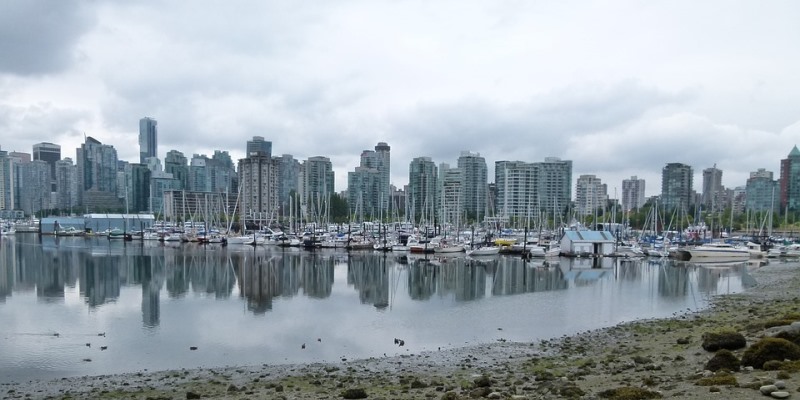Squamish Nation’s bold housing plans put Vancouver City Hall to shame

What happens when you remove onerous regulations that prevent new homes from getting built where they’re needed most? Just ask the Squamish Nation, which recently doubled the size of a planned residential development in the heart of Vancouver where the demand for homes has chronically outpaced supply for many years, severely damaging affordability in the city and across the Lower Mainland.
The Squamish Nation plans to build a mix of rental and leasehold units in 11 towers on an 11.6-acre area on Squamish lands near the south end of the Burrard Bridge in Kitsilano. The development, which will house thousands of families, will generate a strong stable income source for the First Nation and its members. And due to the fierce demand for such housing in the region—as demonstrated by sky-high housing costs and razor-thin rental vacancies—the Squamish Nation has increased the development’s number of planned units from 3,000 to 6,000 (although the project must be officially approved by Squamish members next month before moving forward).
Which raises one plainly obvious question. Why hasn’t the City of Vancouver, almost one year since electing a new mayor and council, made similar bold moves to add a lot more housing where it’s most needed?
So far, city hall has opted for baby steps to grow the housing supply. For example, it recently allowed duplex development on existing single-detached lots. Such minor moves are far from sufficient to tackle the city’s affordability woes, and big problems call for big bold solutions. Again, city hall can learn from the Squamish Nation’s Kitsilano plan.
First, the plan’s 11 towers are tall (at least by Vancouver standards), with the tallest tower reported to reach 56 storeys. This is unheard of in Kitsilano where almost no building surpasses five floors—not because there’s insufficient demand for more homes, far from it, but because zoning bylaws prohibit more dense development. But because Squamish Nation lands are not under city hall’s jurisdiction, the Squamish are freer to build what people actually want and the what region needs—more homes.
Second, the plan will only provide parking for 10 per cent of the units built, because adding parking spaces is expensive, costing tens of thousands of dollars each, and occupying huge amounts of space that could otherwise be used for more homes or greenspace. Here too, city hall is a step behind. Like most North American cities, Vancouver mandates largely arbitrary minimum parking requirements for most new developments, at roughly one space per unit. This adds enormous costs to any residential development project while eating up significant portions of prime land (which again, could be used for more homes). Rather than decide how much parking residents should have (and thus pay for), city hall should let residents decide for themselves.
In short, the Squamish Nation’s plan for thousands of residential units in the heart of Canada’s most expensive city is an important reminder that Vancouver can comfortably accommodate far more people than it currently does. Indeed, even housing-starved San Francisco accommodates 30 per cent more inhabitants than Vancouver.
But unfortunately, across most of the city, zoning bylaws and other restrictions prohibit anything resembling the Squamish plan. As a result, current Vancouverites continue to pay sky-high rates for housing and many aspiring Vancouverites look for other places to live and work.
So what can be done? How can city hall catch up to the Squamish Nation?
For starters, the city could relax the artificial cap on density in most neighbourhoods and eliminate minimum parking requirements (like the Squamish project). These basic reforms would go a long way to help boost the housing stock and increase affordability. After that, city hall could look at the development permit process, which is longer and more expensive than in most nearby jurisdictions.
The mayor and council have promised to make Vancouver a more affordable place to live. If they’re serious about that promise, they should learn from the Squamish Nation, which has a common-sense plan to house thousands of Vancouverites in the heart of the city.

